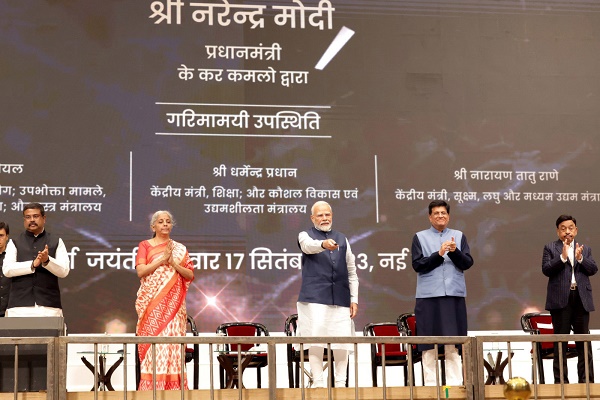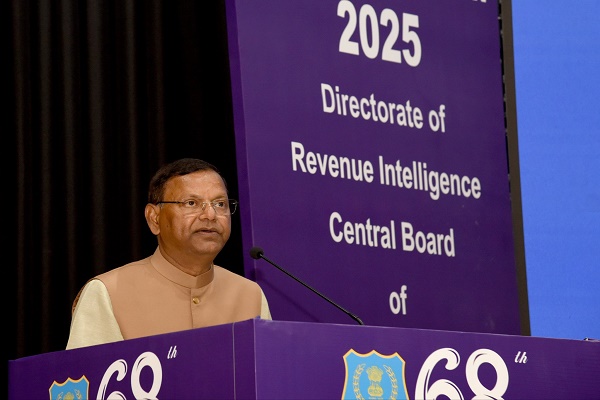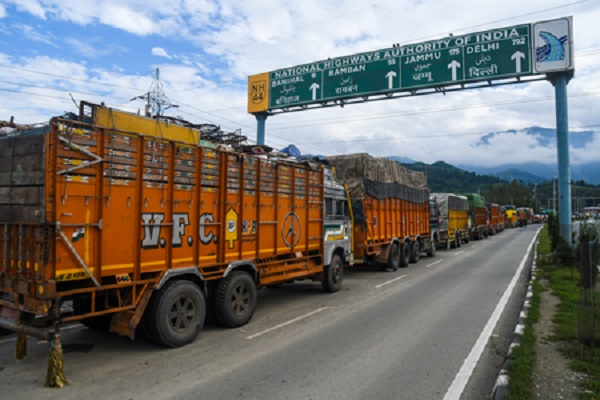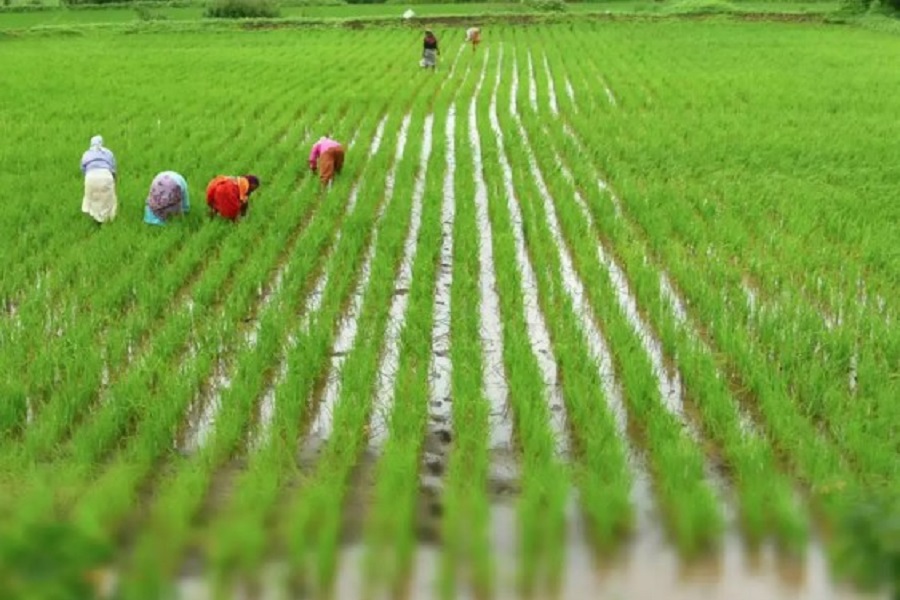India`s Rabi Season Faces Critical Acreage Crisis, Posing a Pulses Predicament by Amit Gupta, Kedia Advisory
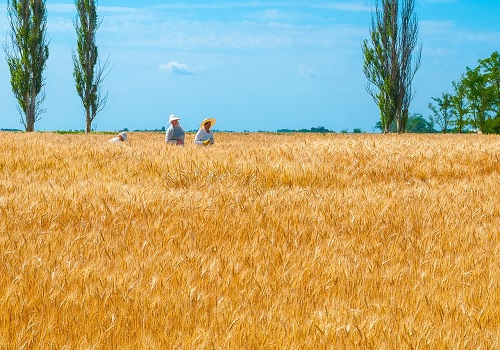
India's Rabi season witnesses a staggering 1.65 million-hectare decline in acreage, with pulses, especially gram and green gram, bearing the brunt. Concerns mount as reduced wheat and paddy cultivation exacerbate fears of food shortages and price hikes, prompting government alarm ahead of crucial 2024 elections. Regional variations, including deficient rainfall in key states, underscore the urgent need for strategic agricultural interventions.
Highlights
Overall Acreage Decline: The reduction in Rabi crop acreage by 1.65 million hectares compared to the previous season raises concerns about the overall production of Rabi crops in the country. This decline may be attributed to changes in rainfall patterns, affecting sowing and cultivation.
Pulse Production Crisis: The significant reduction in pulses acreage, particularly for crops like gram and green gram, is alarming. Pulses are an essential source of protein for many in India, and a decrease in their production could lead to increased prices and potential shortages.
Wheat Production: While wheat, a major Rabi crop, has also seen a slight reduction in acreage, it's not as severe as the decline in pulses. However, any reduction in wheat production can impact food security as wheat is a staple food in many parts of India.
Paddy Acreage Reduction: The decrease in paddy acreage during the Rabi season is notable, even though paddy is not the primary Rabi crop. This reduction may impact rice production in the affected areas.
Regional Variations: States like Karnataka, Maharashtra, Rajasthan, Odisha, Andhra Pradesh, Chhattisgarh, and Gujarat have witnessed a decline in Rabi sowing. Factors such as deficient rainfall in Karnataka and other environmental conditions may be contributing to this trend.
Economic Impact: The government is concerned about the potential economic impact, especially as general elections approach. A decline in pulse production could lead to increased prices, which may have political implications.
Risk of Price Inflation: The government's worry about pulses becoming extremely expensive is justified, as any shortage in supply could lead to increased prices in the market, affecting consumers and potentially leading to inflation.
Policy Response: The government may need to implement measures to address the challenges faced by farmers, possibly providing financial assistance, promoting alternative crops, or implementing irrigation strategies to mitigate the impact of changing rainfall patterns.
Conclusion
As India grapples with a significant reduction in Rabi crop acreage, the looming specter of a pulses crisis raises critical questions about food security and economic stability. The government's apprehension underscores the necessity for immediate and targeted interventions, emphasizing the importance of sustainable agricultural practices, regional resilience, and proactive policies to navigate the challenges posed by shifting climate patterns and safeguard the nation's agricultural backbone.




